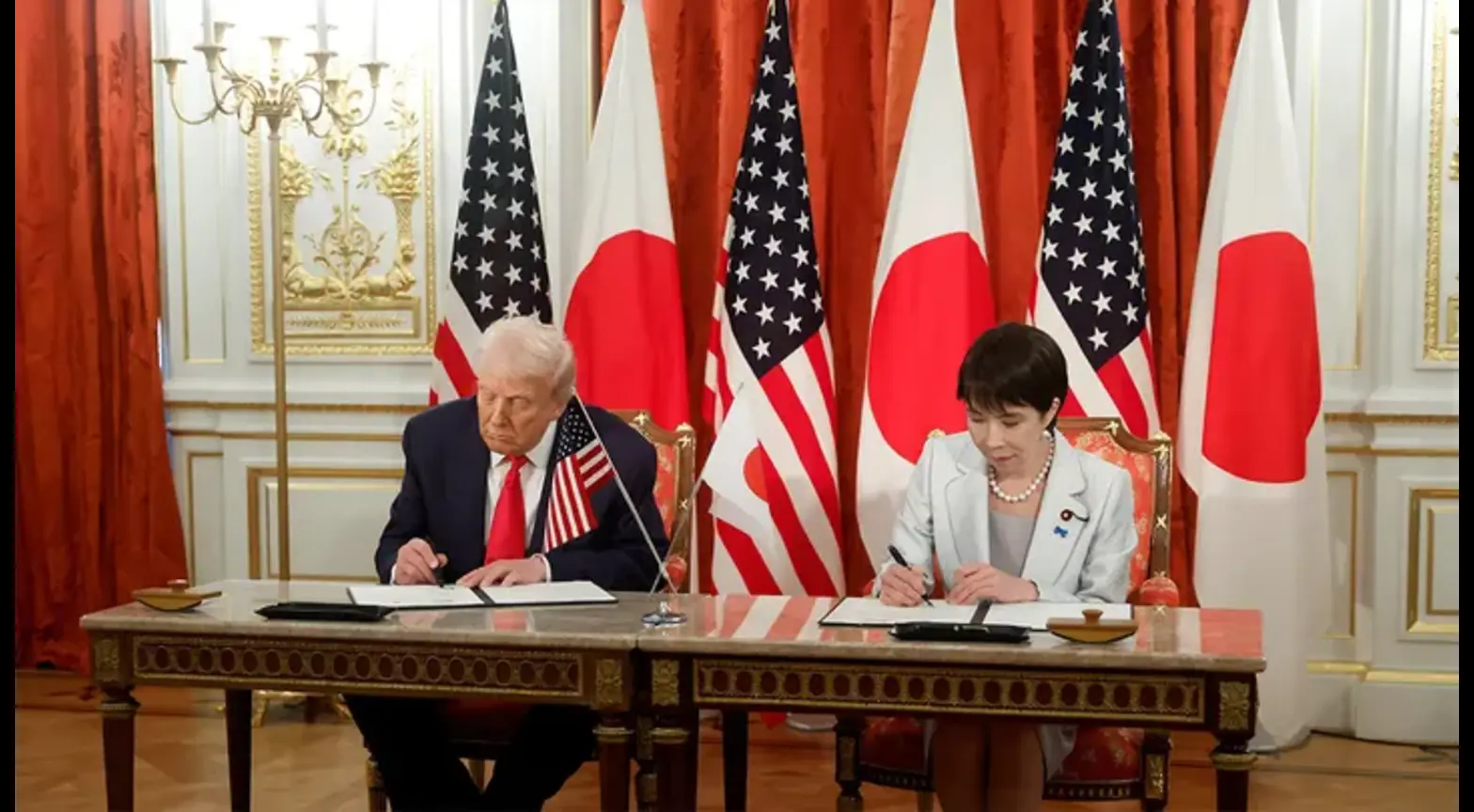Trump and Japan’s First Female Prime Minister Ink Landmark Critical Minerals Deal
In a historical event, the former U.S. President Donald Trump and Japan’s first woman Prime Minister, Sanae Takaichi, signed a historic model of agreement to enhance the supply of rare earth elements and other essential minerals. The agreement, which was announced when Trump was visiting Asia, is being viewed as a significant move towards strengthening U.S.-Japan collaboration in strategic and high-demand sectors in which technologies, defense, and clean energy are essential.
Key Details of the Agreement
The new framework signed between Washington and Tokyo makes it a shared commitment between the two to invest and coordinate policies that shall assist in diversifying and stabilizing the global markets of rare earths and critical minerals. The two countries settled on the need to develop and establish new mines and processing units within six months, with the materials that were targeted being magnets and battery-related materials that are critical in electric cars and new technologies.
This will also be accompanied by the creation of an additional Rapid Response Group that can be used to detect weak areas within the global supply chains and to take quick measures in the event of disruptions. The two governments intend to ease the procedure of approving mineral projects and collaborate to have fair competition in international trade. More so, the two parties will consider as a group to stockpile essential supplies to maintain a uniform supply in case of an emergency.
Japan and the United States also plan to increase their cooperation with like-minded partners (Australia and the European Union). This is a joint initiative to eliminate reliance on China, which already produces more than 90 percent of the rare earth processing capacity in the world.
As a symbolic act of the strengthening of the relationship, Japan has declared that it will give 250 cherry trees to America in 2008, in honor of the 250th anniversary of America, which alludes to the friendship between the two countries.
Strategy and International Implications.
The pact comes at a crucial moment when the entire world’s supply chains are under pressure and countries are trying to be less dependent on the dominance of China in rare earth minerals. These materials are crucial to the production of semiconductors, green energy systems, military technology, and consumer electronics.
In the present case, the United States uses only one active mine of rare earth, which poses a major strategic imbalance against China. Such an alliance with Japan is likely to bridge such a gap by creating a more robust and transparent global supply network. Analysts consider the deal to have been a turning point in the changing geopolitical war on technological and resource security.
Another high-profile event that is likely to govern the future of trade and energy relations in the region, as Trump further visits Asia, is his meeting with the Chinese President Xi Jinping later this week.
Read More: US and China Reach Framework for Trade Deal Ahead of Trump–Xi Meeting







